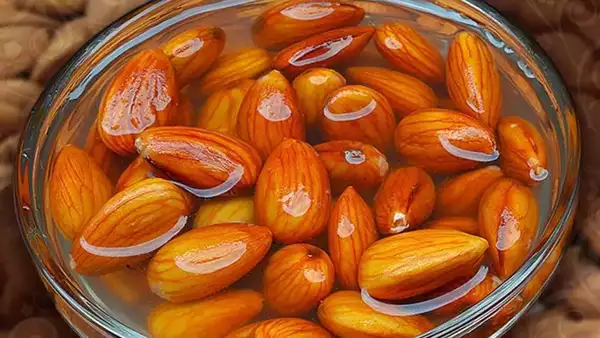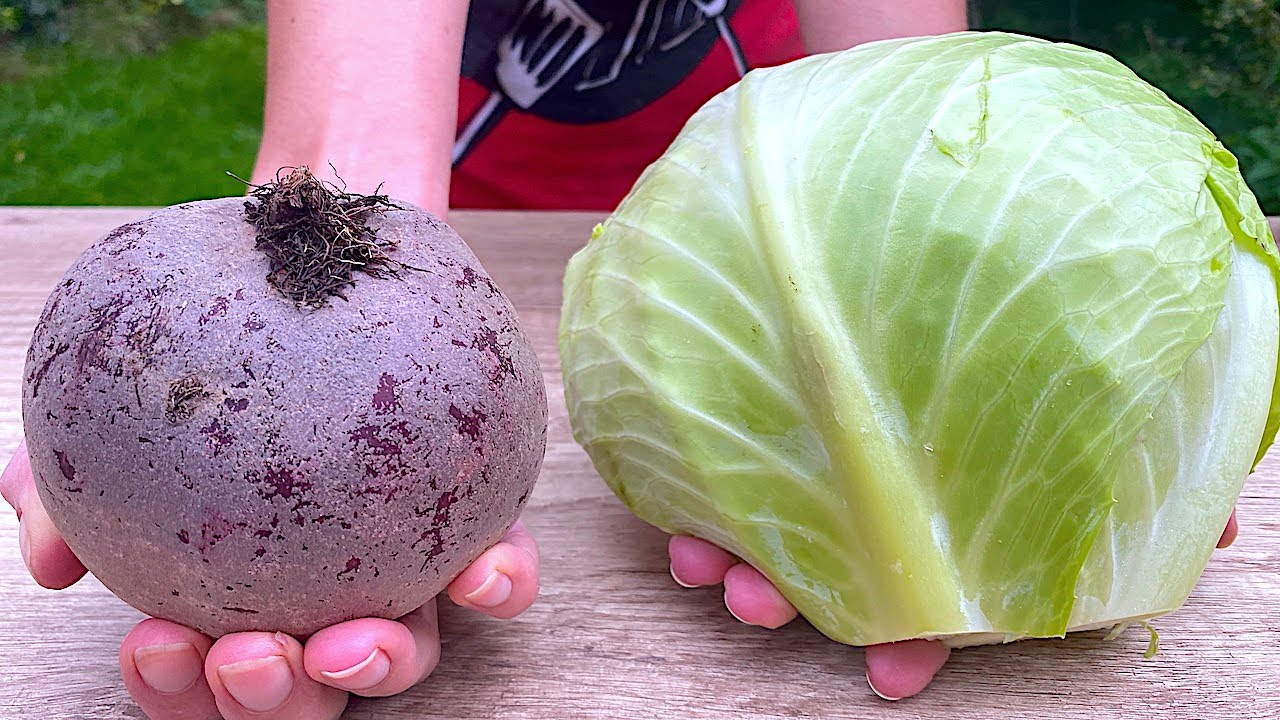
Yarrow, known scientifically as Achillea millefolium, is a hardy perennial that not only graces gardens with its vibrant blooms all summer long but also serves as a potent herbal remedy. Revered in traditional medicine for centuries, yarrow offers a range of health benefits and is especially valued for its effectiveness in first aid situations. Here’s a closer look at this remarkable plant and how it can be used to promote healing and well-being.
The Healing Powers of Yarrow
Yarrow’s versatility in addressing various ailments makes it a staple in herbal medicine cabinets. It contains active compounds that are anti-inflammatory, antiseptic, and astringent, making it excellent for first aid and ongoing health maintenance.
1. Natural Wound Healer: Yarrow is perhaps best known for its ability to stop bleeding and heal wounds. Its powdered leaves and flowers can be applied directly to cuts and scrapes to reduce bleeding and prevent infection. The plant’s astringent properties help tighten the skin and tissues, aiding in quick recovery.
2. Digestive Aid: Yarrow can also be beneficial for digestion. It stimulates the appetite and helps to soothe the stomach, reducing digestive discomforts such as cramps and bloating. A tea made from yarrow leaves and flowers is often recommended before meals to aid digestion and after meals to soothe the digestive tract.
3. Skin Care: Due to its anti-inflammatory properties, yarrow is excellent for skin care, particularly for sensitive or irritated skin. It can be used in lotions or creams to help treat skin issues such as rashes, eczema, and minor burns.
4. Immune System Support: Yarrow’s ability to stimulate sweating and its antiseptic properties make it a good choice for fighting colds and flu. A hot tea infused with yarrow can induce sweating and help reduce fevers.
Growing and Using Yarrow
Growing Yarrow: Yarrow is an undemanding plant that grows well in a variety of climates. It thrives in full sun and well-drained soil but can also tolerate poor soil conditions. Yarrow’s resilience and long blooming period make it a perfect addition to sustainable gardens.
Using Yarrow: To use yarrow for medicinal purposes, you can harvest the flowers and leaves when the plant is in bloom. These can be dried and stored for use throughout the year. To make yarrow tea, steep dried or fresh yarrow in boiling water for about 10 minutes. Strain and enjoy, possibly sweetened with a touch of honey if desired.
Conclusion
Yarrow is more than just a beautiful addition to your garden; it’s a powerful healing agent that has stood the test of time in traditional medicine. Whether used to treat wounds, support digestion, care for the skin, or boost the immune system, yarrow proves to be a versatile and invaluable plant. Its ease of cultivation and wide range of uses make it a favored choice for natural health enthusiasts and gardeners alike.




